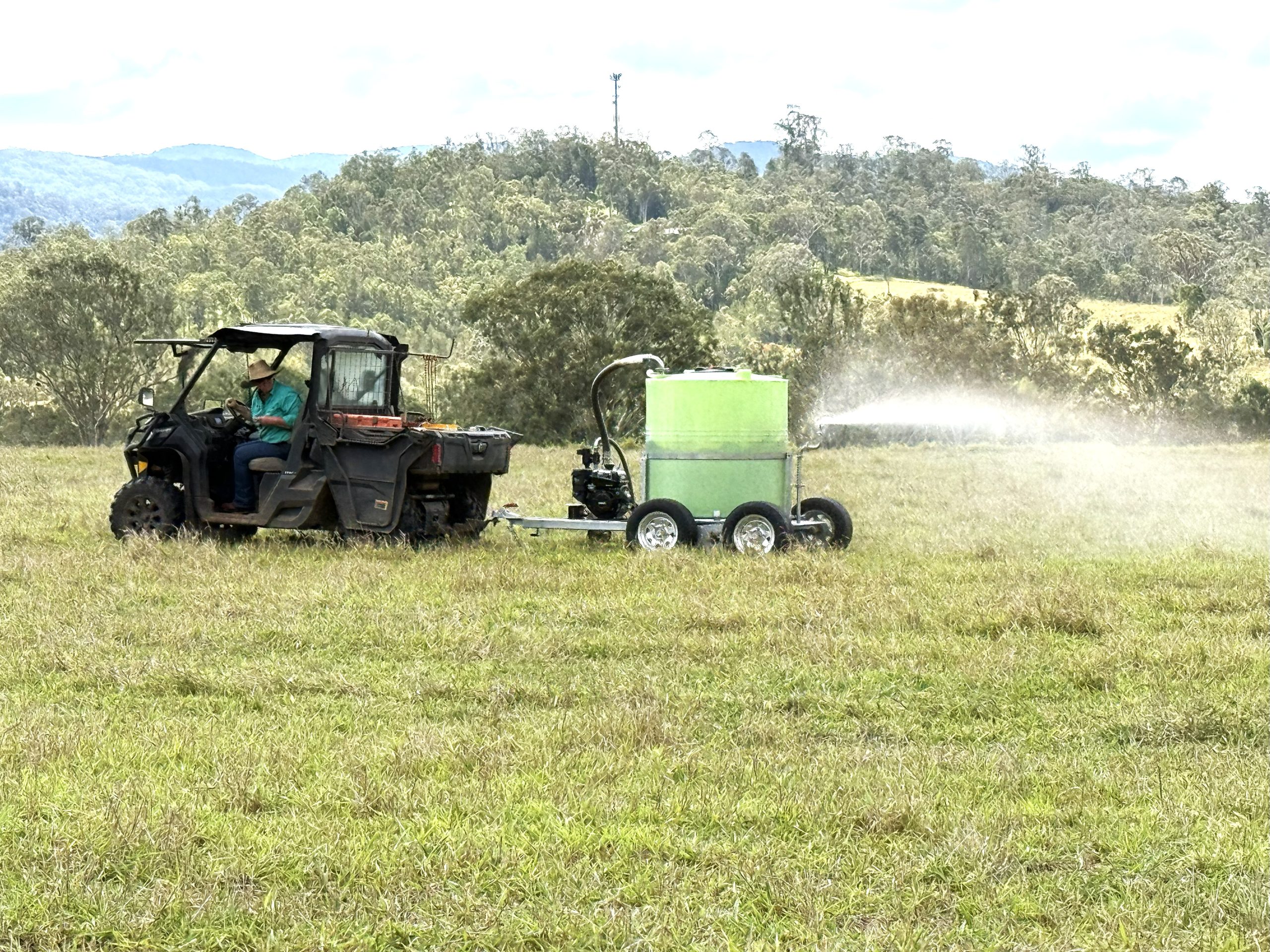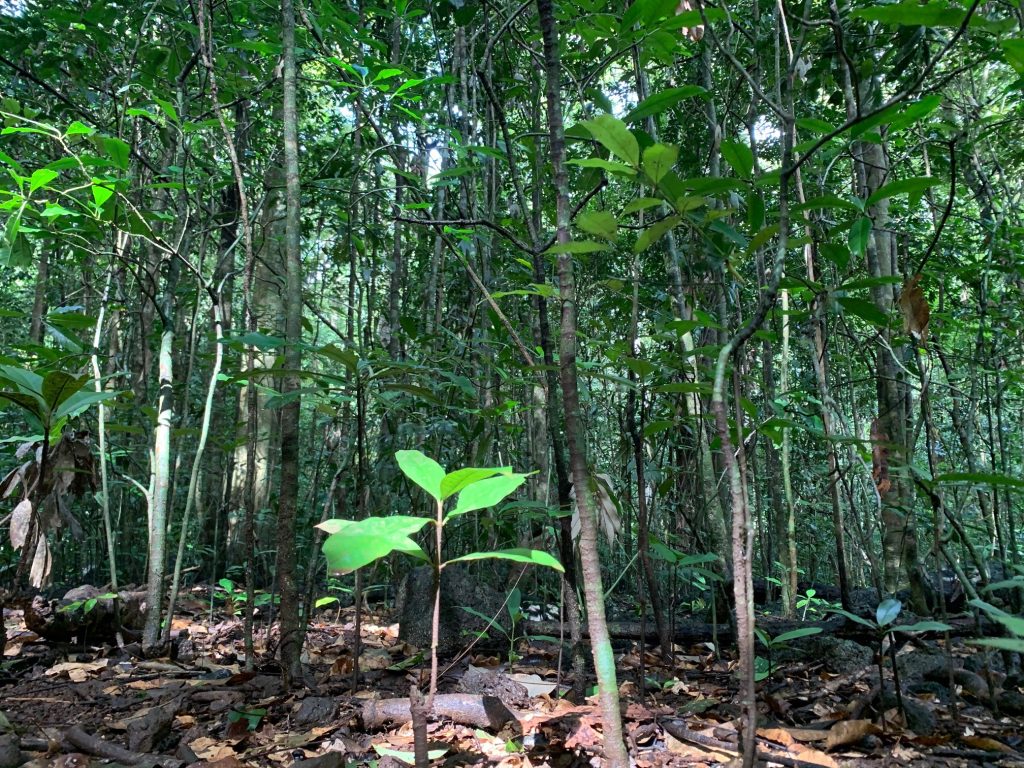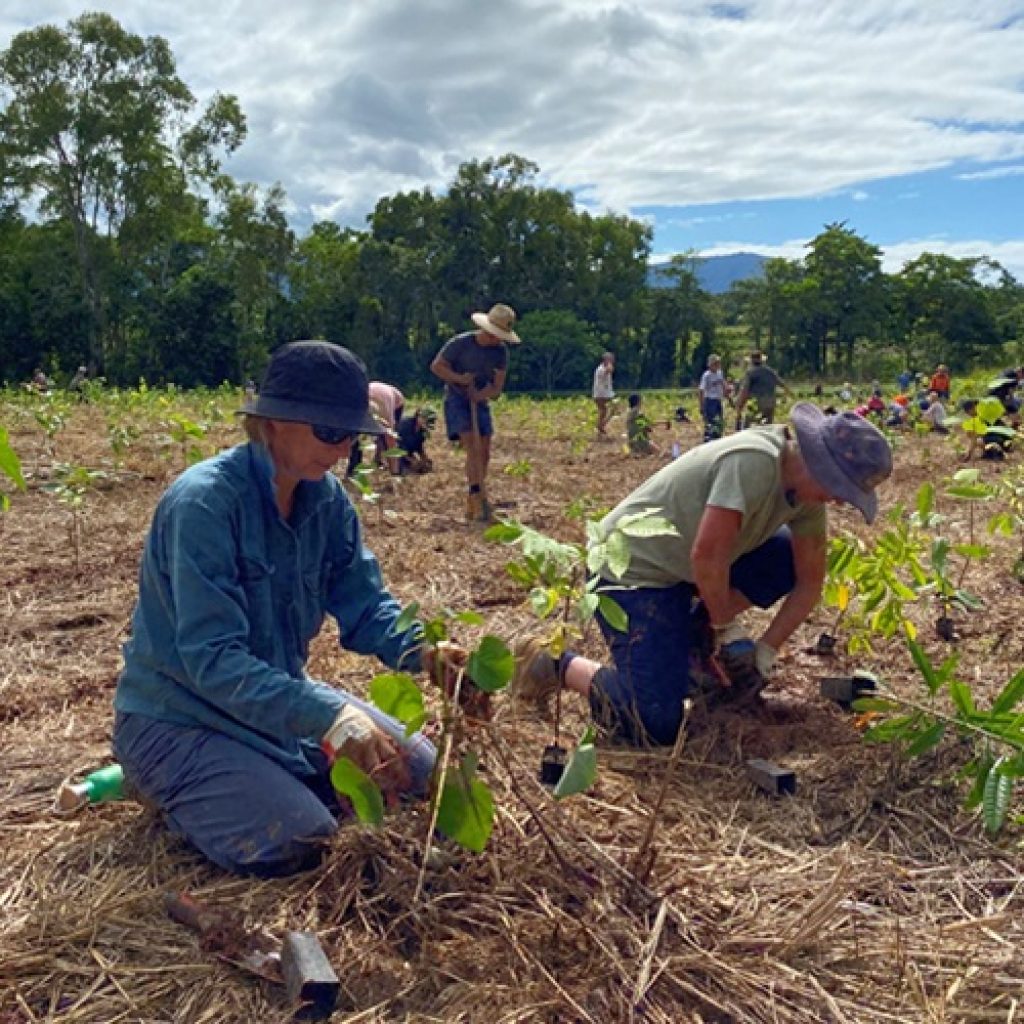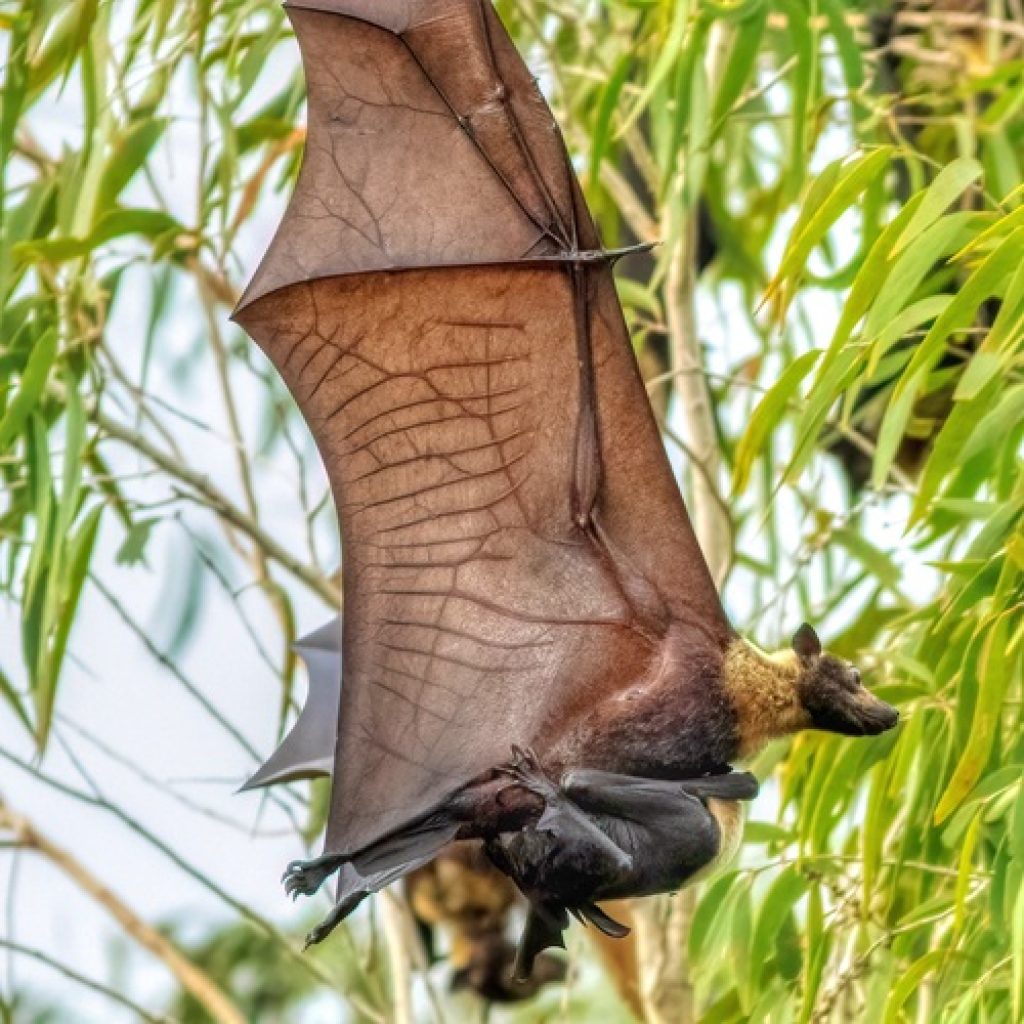IMPROVING SOIL HEALTH
LIQUID COMPOST SPRAYER TRIALS
Liquid compost sprayer trials have begun on the Atherton Tablelands as landholders explore new ways to improve their soils and reduce chemical inputs.
Farmers are working with Terrain NRM to trial a sprayer designed to support the survival of beneficial bacteria in live liquid compost application. The Cyclone Multi-Task Sprayer arrived from New Zealand last month.
Kairi grazier Kellie Evans, who is also president of the farmer-led Wet Tropics Soilcare group, is one of the landholders trialling the sprayer.
“Nutrition straight to the leaf surface”
“We’ve been making our own compost for four to five years and using a muck spreader to apply it to our pastures before the wet season,’’ she said. “With the new sprayer, we can also have a liquid compost foliar feeder. It gets nutrition straight to the leaf surface and does it efficiently.
“This sprayer is something we’ve been looking at through the Wet Tropics Soilcare group. Through Terrain NRM, it has been brought to the region and we’re hoping for wider usage by landholders once we’ve completed a three-year trial period.”
A sprayer designed for bulk live-liquid products
Terrain NRM’s Maria Ribbeck said the sprayer’s point of difference was its specific design for bulk live-liquid products.
“It can constantly rotate the liquid and keep it aerated. There are no right angles to clog up and the water oxygen levels are at six per cent, which is important for adding aerobic biology,’’ she said.
“Farmers will be trialling two applications a year during growing season and, ideally, we will expand the applications to vermicast, seed distribution, use of bio dynamic preps and mineral balancing.
Reducing chemical inputs while improving soil, water and carbon properties
“The goal is to reduce chemical inputs while improving soil function and structure, water retention and carbon sequestration. It’s also to have an economical alternative for landholders.”
So far, Kellie has sprayed 29 hectares of pasture with liquid compost while Ravenshoe biodynamic graziers Lisa Price and Simon Harden are part way through their first application on 50 hectares.
“We’ve been making thermal compost since 2018 but we hadn’t found an effective way to get it out in volume, and quickly enough across the hectares not to lose oxygen,’’ Lisa said.

“As part of this three-year trial, we’ll be doing base testing including soil analysis, plant sap analysis, soil compaction levels and water infiltration levels.
“It’s very weather dependent in our region. We’re looking to spray when there’s a bit of moisture in the air and the right weather conditions have been challenging this year.
“Our long-term goal is better infiltration, better grass and healthier cows.”
Making compost on the farm
Both landholders make their own compost out of on-farm and outsourced materials ranging from cow manure and hay to wood chips. Lisa and Simon make batches of turned thermal aerobic compost each month, while Kellie stockpiles materials to make 80 to 100 tonnes of anaerobic compost each November. They say they’re very different composts but the goals and end results are the same.
“We’re working on using our waste,’’ Kellie said. “We began making compost when we had a weed issue, so we could make hay from the weeds and use it as part of the mix. Now we use a lot of seed trash and things like wood chips, carcasses of animals, cattle manure…
“It’s time-consuming when you first start out. Everything is. Now we can make 100 tonnes in about four days and the added benefit of an anaerobic system is it doesn’t involve a lot of turning.”
Climate-smart farming
The sprayer trials are part of Terrain NRM’s ‘Climate-Smart Farming in the Wet Tropics’ project, supported by the Australian Government through funding from the Natural Heritage Trust under the Climate-Smart Agriculture Program.
RELATED NEWS
Climate Resilience for Biodiversity
 admin@terrain
admin@terrain
 October 16, 2025
October 16, 2025
Green Connections Grants
 admin@terrain
admin@terrain
 October 13, 2025
October 13, 2025
Bat Birthing Season Begins
 admin@terrain
admin@terrain
 October 9, 2025
October 9, 2025






























